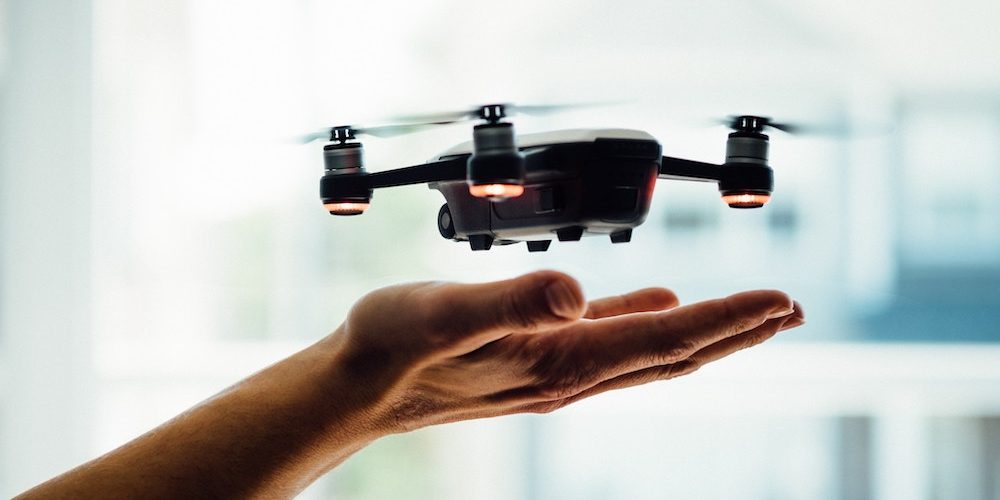TL;DR
-Drones are poised to become integral in both commercial and public sector use in the near future.
-The range of applications for this technology is more widespread than many may realise.
-When regulations are finally established, drone use compliance will be a large and necessary part of large numbers of organisations.
We’ve discussed the emerging age of drones in a previous article, and how regulators and lawmakers the world over are scrambling (at least we hope they are) to establish regulations governing their use. As usual, the private sector is moving at a faster pace than government bodies, but once these regulations are finally in place there are fleets of drones everywhere waiting to be deployed, so it won’t be long before the novelty of them has been replaced with the normalcy of seeing them everywhere.
This is real, but just as with any emerging technology, many don’t understand the reach of the implications until they see it themselves. Most already know that drones are already widely used for aerial photography, particularly at weddings and events. Most also know that retailers like Amazon are anxious to get them in use for deliveries. But the applications go much further.
Police Departments
For instance, in California in the USA, the Chula Vista Police Department is piloting and helping to develop programs for using drones as first responders, in hostage situations, and many other police and fire-related instances. Drone use will not be limited to package and pizza deliveries.
Australia
Australia is leading the way in commercial drone integration, and these drone assets will help businesses operate more efficiently, reduce costs, improve data-driven decisions, and increase safety. The Telecommunications industry are already using them to address worker safety by having drones quickly inspect their towers. Traditionally this requires workers to climb the very tall towers, which always presents a hazardous situation, but which becomes even more dangerous in foul weather.
The Mining Industry
As a considerable contributor to Australia’s economy and one of her most well-established industries, Mining has been among the first to embrace and integrate drone use. They are using them to conduct land surveys from the air as well as asset inspections in areas that are often remote, saving time, money, and workforce. And the ability to gain instant visibility of a region from above is a huge positive for safety.
Shipping and Logistics
With shipping increasing in recent years, drones are also beneficial in many ways to this industry, including providing security and surveillance for ships and ports alike. Drone-driven inspections of ships, both internally and externally, are also massive time savers and decrease worker safety concerns. They can also be used to detect and measure the levels of potential harmful gasses before inspection teams move into areas off the ship.
Local Government
Just like businesses, local councils must conduct regular inspections on a number of public facilities and equipment, and they are also likely to become early adopters of the technology.
All of these instances may be the tip of the iceberg. That’s why we’ve looked ahead in anticipation of this wave by partnering with the Institute for Drone Technology in Australia to build Dronesafe, a drone compliance questionnaire providing structured and consistent step-by-step pre- and post-flight checklists that improve operational effectiveness, efficiency, and safety, while also providing a complete audit trail of all flights. Because the drones are coming, and the compliance requirements will be right behind them.
Compliance Experts provide clients with access to the Compliance Checkpoint Software Technology, which is complemented by our Professional Auditing and Consulting services. This is our unique point of difference. To learn more, visit our website or download the 30 Day Free Trial of Compliance Checkpoint. And please visit dronesafe.com.au to learn more about how we’re helping organisations prepare for their future with drones.







